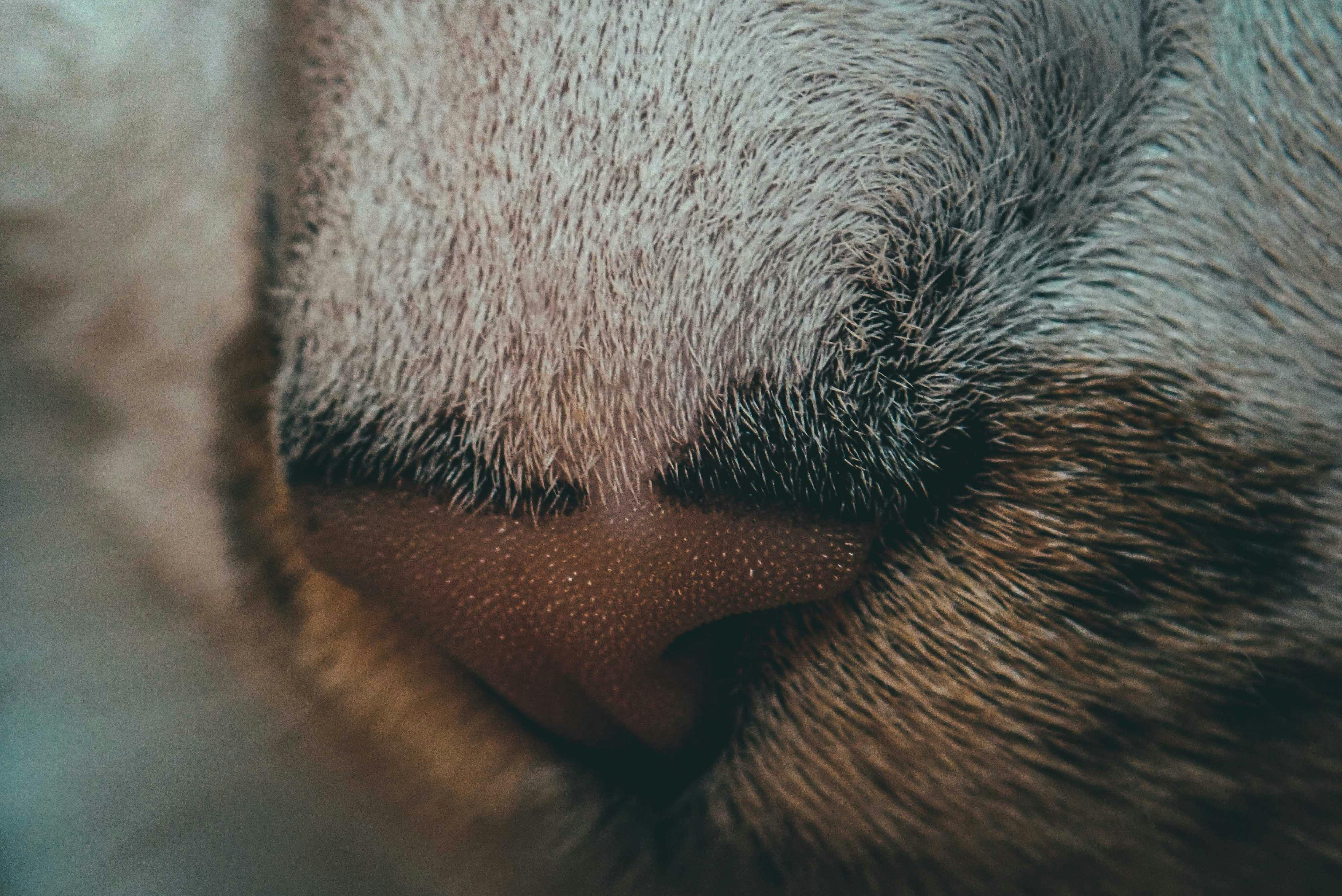Buying a new dog is a very exciting time for the whole family. In most cases, people are so busy playing with their new pet that they forget about the most important thing: training it. Because there are so many bad habits in dogs, it’s crucial to identify them as soon as they appear and start proper training right away. In this short article, I will share with you the 3 most common bad habits of dogs and explain how to combat them effectively.
Bad Dog Habits Part 1 – Excessive Barking
Excessive barking is one of the most annoying bad habits I know of. It can often drive you and your neighbors crazy, especially if your dog is a night barker. The two most common reasons dogs bark are boredom and loneliness, so if you can find a way to eliminate these, you can reduce the amount of barking you hear. Be sure to provide your pet with plenty of entertainment while you’re at home (take him for walks, play games, try obedience training) or away (hire a pet sitter, leave the TV on, and buy a variety of toys) to redirect his attention from barking to more appropriate things.
Dog Bad Habits Part 2 – Chewing
Chewing is often seen as the main argument against owning a dog. However, in most cases it is possible to prevent the dog from chewing on your favorite items by replacing them with a toy designed for this purpose, such as a Kong. It can be filled with treats or dog food and will force your dog to work very hard to get the treat. You can also combat chewing by teaching your dog the “off” command, which will help you gain more control over his behavior. Last but not least, remember to simply hide all the items you care about so your legged friend can’t reach them.
Dog Bad Habits Part 3 – Uncontrolled Urination
The bad dog habit every new dog owner has to deal with. There are 3 main parts to the potty training process, and if you implement them correctly, your pet is likely to stop pottying indoors quickly.
- a) Arrange a small resting area for your pet (a cage or an isolated part of a room will do) and keep it there for the first few weeks. Because dogs are clean animals, your pup won’t dirty his new home and will learn to control his physiological needs.
- b) Consistently use one command (‘go outside’ or ‘go potty’) to activate the elimination process and take your pet to the same spot in the yard each time he needs to relieve himself.
- c) Schedule meals regularly so you know when your dog will need to go outside (canines need to urinate and defecate within 20 minutes after their last meal).
